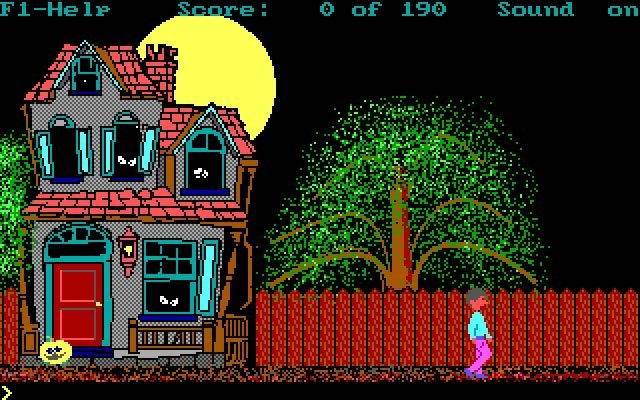The shareware business model

Shareware is a type of software distribution model that allows users to try a program before purchasing it. It's a marketing strategy and distribution method that was particularly popular in the early days of personal computing, primarily during the 1980s and 1990s.
Shareware games were released for free with limited functionality, often via a BBS, a floppy disc or a CD included in a printed magazine or by direct download. If the user liked the shareware product, they could pay to obtain an upgrade and unlock the full game. When digital distribution started to become popular, shareware games slowly faded into oblivion.
Some key characteristics and features of shareware games are:
- Free trial version available
- Encouragement to register and pay if you liked the game
- Distribution and licensing: free sharing
- High variety of software available
- Adopted by independent software developers
- Lack of technical support
Shareware was particularly popular in the 1980s and 1990s, as it allowed software developers to reach a broader audience and gain recognition.
Shareware was often promoted through shareware catalogs, which were compilations of various shareware programs. Users could browse these catalogs and order the software they were interested in.
While the shareware model is less common today, its legacy is still visible in the concept of free trials, freemium models, and other methods used by software developers to allow users to experience their products before making a purchase.
Find out more about Hugo's House of Horrors
